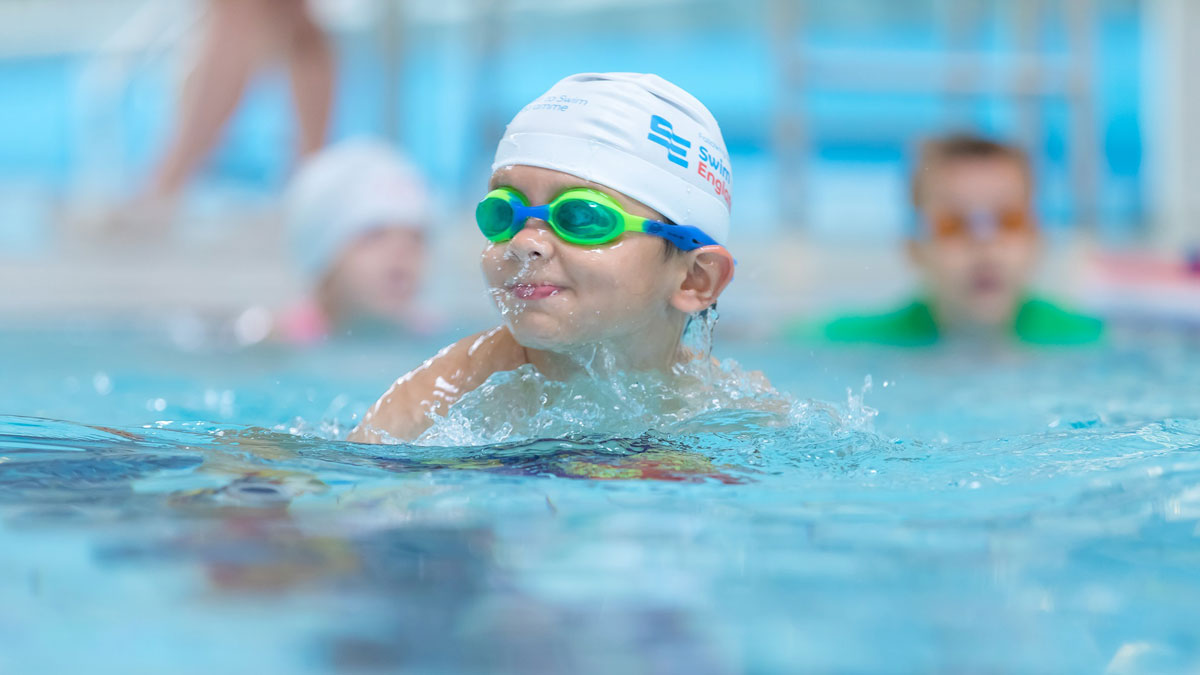Swimming is more than just a fun pastime—it’s a critical life skill that supports a child’s health, safety, and physical growth. For many parents, the big question is: when should my child start swimming lessons? The answer depends on their age, development, and comfort with water, but early exposure can lay the foundation for confidence and safety in and around the pool.
Let’s explore when kids are developmentally ready to start swimming, and what each age group typically gains from time in the water.
Starting Young: Lessons for Babies (6–12 Months)
It’s possible to begin introducing babies to water as young as 6 months old. While they’re not swimming independently, they can join parent-and-child classes that use play, songs, and floating games to develop a sense of security in the water.
At this stage, the focus is on:
- Encouraging positive water experiences
- Helping babies adjust to the feel of water on their skin and face
- Supporting early coordination and balance through guided movements
- Strengthening parent-child bonding during shared water activities
With a parent always close by, these sessions help babies become more relaxed in aquatic environments, making future lessons easier and less intimidating.
Toddlers in the Water (1–3 Years): Basic Safety and Movement
As toddlers become more physically coordinated, they’re ready to begin learning simple water safety skills and body movement. Between ages 1 and 3, kids benefit from lessons that involve guided exploration of the water, rather than strict technique.
Key focuses during toddler swim lessons include:
- Splashing and kicking to get used to moving in water
- Blowing bubbles to develop breath control
- Floating with assistance to begin understanding buoyancy
- Moving to the pool wall to build basic self-rescue skills
While toddlers might not yet swim on their own, these classes help them start connecting movement with mobility and fun in the water.
Preschool-Age Swimmers (3–5 Years): Building Swim Foundations
Once kids hit the preschool years, usually between 3 and 5, they become more capable of following instructions and coordinating more complex movements. This is a great age to introduce more structured swimming skills.
At this stage, children can start practicing:
- Freestyle (front crawl) basics
- Backstroke and floating without help
- Rhythmic breathing and breath-holding
- Basic arm strokes and kicks
Swim programs for this age often introduce playful drills like flutter kicks and dog paddling, making skill-building feel like play. While full independence in the pool may still be a work in progress, children this age often surprise parents with how quickly they progress.
Older Kids (6 Years and Up): Technique and Stamina
By age 6, most kids have the strength, coordination, and understanding to tackle more formal swim instruction. At this age, they begin learning the finer details of swimming strokes, safety techniques, and even light endurance training.
Swimming lessons for school-aged children usually focus on:
- Freestyle and backstroke with refined technique
- Breathing methods that support longer swim distances
- Diving basics and safe water entries
- Endurance-building drills
- Introductory competition or lap swimming skills
Children in this age group are generally capable of swimming unassisted across the pool and gaining confidence with every session. For many, this is the age when swimming transitions from a safety skill to a hobby or sport.
